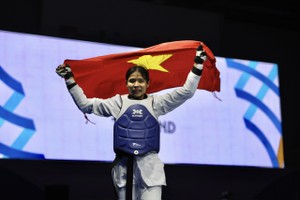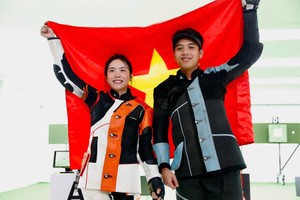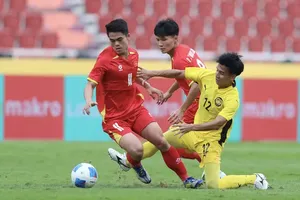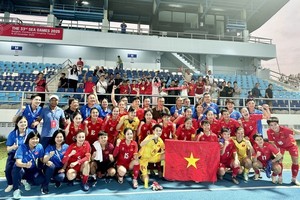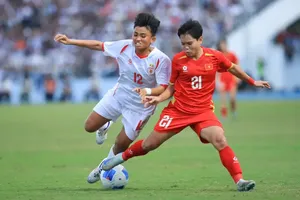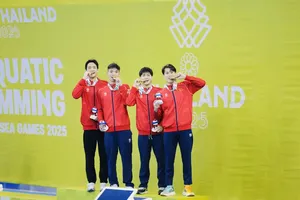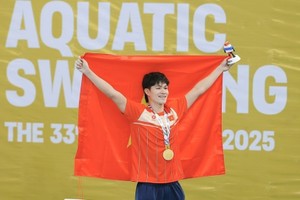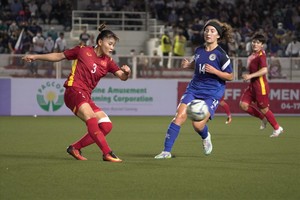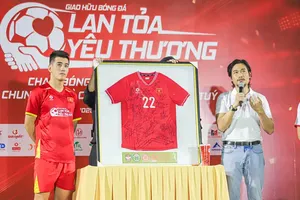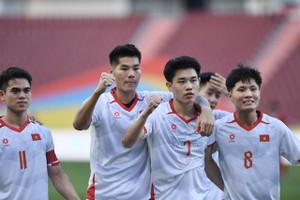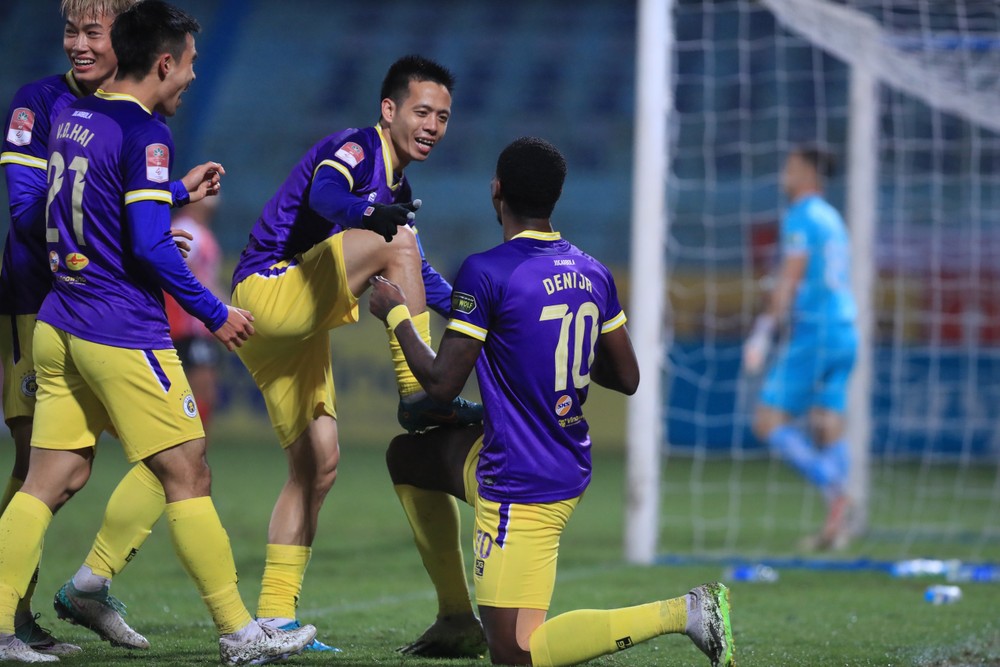
Director Dang Ha Viet of the Department of Sports and Physical Training said that Vietnam's sports economy still faces many barriers, of which the biggest bottleneck is the mechanisms and policies related to facilities. If professional clubs do not have their own stadium or facilities that are not good enough, they will never be able to develop their sports business, because the revenue from the stadium is huge. Currently, there has been no policy to hand over stadiums to clubs so they can be proactive in their business and create more revenue.
Many macro-to-micro factors relate to the formation of the sports economy and the lack of stadiums - a typical hiccup of Vietnam’s sports industry.
Typically, the three football clubs in the V-League including Hanoi, The Cong - Viettel, and Hanoi Police Club are sharing the same stadium, Hang Day. Therefore, if Hanoi has a fourth team in the V-League, it will be very difficult for organizers to schedule matches. Similarly, many years ago, Saigon Port, and Ho Chi Minh City Police and Customs shared Thong Nhat Stadium in Ho Chi Minh City.
To assess the benefits of owning a private stadium, people should look at the case of Thanh Long Sports Center, the first privately owned football facility.
In Thanh Long Sports Center’s campus, a hotel, swimming pool, training ground system and supporting activities, and a football field are qualified to host low-level international tournaments and the national first division tournament. When a match is organized in the center, football lovers will spend time using a series of entertainment services before and after entering the stadium to watch football matches.
When Thanh Long Sports Center received the Ho Chi Minh City first-class team, the center owner also sold services to other teams which registered to compete in the center’s facility. This center's revenue will more or less have to be paid in taxes to the locality after the investment incentive period. In a certain framework, this model is sports economics.
However, almost only one football stadium in Hanoi or Ho Chi Minh City at present is qualified for organizing top football competitions, but the field is public property. Clubs have to rent stadiums and almost only collect money from ticket sales at each match. They will not be able to have revenue sources from placing fixed advertising signs, renting business premises or offices within the stadium grounds, or even parking fees to watch football, let alone rents collected from hiring locations to hold events like fairs, or musical performances.
The stadium is not assigned to the club, but even the stadium management board, which represents the state to exploit the facilities, is quite difficult to generate revenue due to the mechanism related to business cooperation with private investors. Therefore, although football stadiums in Vietnam are located in good locations in big cities’ central districts, they have not produced any significant revenue for the country with an orientation toward the sports economy. In the opposite case, illegal leasing at My Dinh Sports Complex causes a loss of tax money.
Even if individual investors want to pour money to jointly exploit such stadiums, they have been facing the mechanism bottlenecks of public-private cooperation; for instance, the Ho Chi Minh City Club with the football field in District 7 is an example. Therefore, sports investors find it impossible to be autonomous in owning a private stadium not to mention sports economics.


